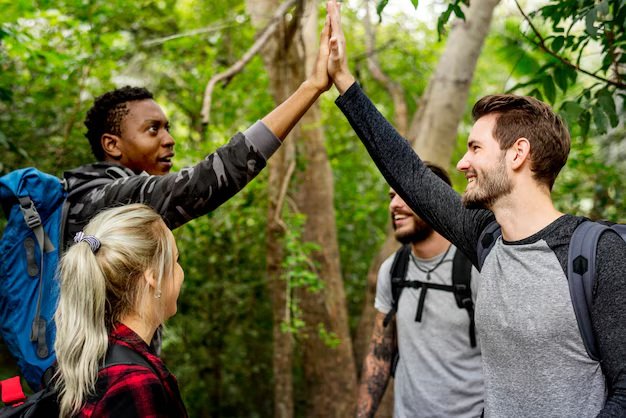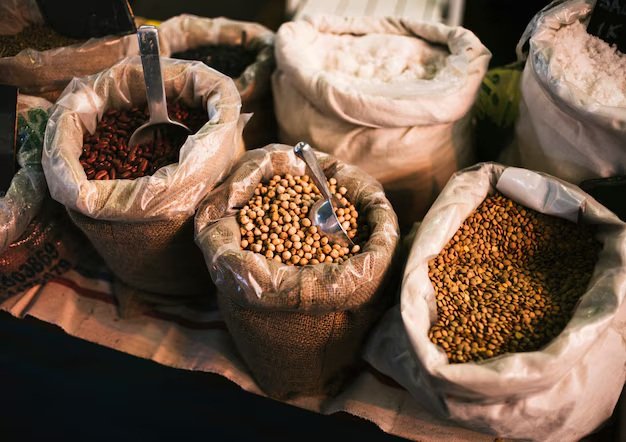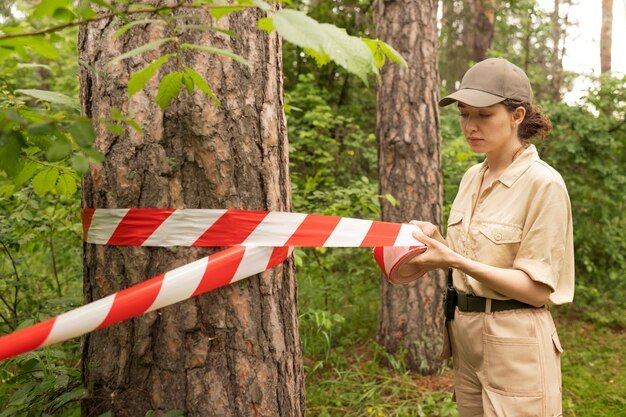Jane Goodall: A Life That Rewrote Our Relationship with Nature
Jane Goodall began as a young English woman with a notebook and a stubborn curiosity about animals. In 1960, she arrived at Gombe Stream in what is now Tanzania and, by watching wild chimpanzees closely over the years, she overturned long-held scientific assumptions — most famously by showing that chimpanzees make and use tools, a trait once believed to be uniquely human. According to the Jane Goodall Institute, that observation and many like it reshaped animal science and forced researchers to reconsider the line between humans and other primates.
Her death in early October 2025 — confirmed by the Jane Goodall Institute and reported widely — has prompted a wave of tributes from scientists, youth activists and world leaders. According to AP News, Goodall died peacefully in her sleep while on a speaking tour in Los Angeles at age 91.
Those two facts — the discoveries at Gombe and the sudden end of a public life that stretched seven decades — are the bookends of a story that matters far beyond the biography of one scientist. Goodall’s science turned into global advocacy: she founded the Jane Goodall Institute in 1977, launched Roots & Shoots to empower young people, and used her voice at the United Nations and international forums to argue that protecting wildlife, forests, and communities are inseparable goals. According to A 2025 report by the Jane Goodall Institute, her work “redefined species conservation to include the needs of local people and the environment.”

From Gombe to Global: Science, Community, and Conservation
Goodall’s field notes from the 1960s read now like careful storytelling mixed with patient measurement: she gave chimpanzees names, described their personalities, and recorded behaviours over time. Those humanised observations — combined with later systematic studies — provided evidence that chimps have complex social networks, form strong emotional bonds, and can hunt cooperatively. According to National Geographic, her early work helped create modern primatology and inspired a generation of researchers who blended behavioural observation with conservation practice.
But Goodall’s influence wasn’t only academic. By the 1980s, she had shifted her attention to conservation, local livelihoods, and animal welfare. She warned that habitat loss, hunting, and the illegal wildlife trade were driving chimpanzee populations down, and she worked to establish sanctuaries for animals rescued from laboratories or the bushmeat trade. These efforts combined science with community projects, offering people alternatives to practices that destroy habitats.
Her Roots & Shoots program — launched in 1991 — became a practical engine for youth-led conservation projects in schools and villages worldwide. The program’s simple idea was to empower young people to identify local problems and propose practical, community-led solutions. It grew into thousands of groups across dozens of countries, emphasising that conservation succeeds only when local people are part of the solution.
Real conservation today sits at the intersection of several fast-moving crises: species decline, habitat loss, and a climate system already changing the rules for forests. Tropical forest loss surged again in 2024, driven largely by fires and drought, with millions of hectares lost and large carbon releases that worsen global warming. Reports in 2025 flagged this spike and warned that habitat destruction threatens not just chimps but the climate systems that underwrite global food and water security. A 2025 report by Global Forest Watch and news coverage summarised that 2024 saw unprecedented tropical primary forest loss, with major impacts in the Amazon and Congo Basin.
What Her Death Means for the Environment
When a public figure like Goodall dies, there are immediate symbolic and practical effects. Symbolically, the world loses a clear, warm, and persistent voice that bridged science and public feeling. Practically, the institutions and movements she founded will need renewed leadership, funding, and political channels to keep momentum. The Jane Goodall Institute — which confirmed her passing and stressed continuity — is the first containment against an abrupt loss of direction; according to the Institute, its 26 national affiliates and thousands of volunteers worldwide will continue her programs.
Scientists and conservationists have pointed out that the “Jane Goodall effect” helped push public attention — and donor money — toward primate conservation and community-based approaches. With her gone, there is a risk that political attention will drift to other headlines. Yet many experts quoted in coverage after her death argue the opposite: Goodall’s life created durable institutions and a new generation of activists who can carry her message. Mary Lewis, Goodall’s longtime assistant and a vice president at the Jane Goodall Institute, said Goodall remained focused on young people and hope until the end; coverage in People noted that she was editing documents and staying engaged right up to the last day. According to People, 2025, Lewis emphasised that the institute and its global community will carry Goodall’s mission forward.
The practical implication for conservation is that Goodall’s death will likely sharpen two things: the need to protect remaining wildlands, and the need to invest in community-centred solutions that reduce pressures on wildlife. The scale of these challenges is large. Chimpanzees are still listed as endangered on global conservation lists, with population estimates and local trends varying broadly across Africa; threats include habitat loss, hunting and disease. According to IUCN data and population studies, chimpanzee numbers vary, but overall trends are downward in many regions.
Carrying Goodall’s Work Forward: Practical Steps
Goodall’s voice was important because it combined evidence with moral clarity — but her legacy survives in methods and institutions. Here are practical, real-world steps that follow her approach and that readers, communities, and policymakers can adopt now.
First, protect and restore habitat where it remains. Forests are not only homes for chimps and countless species but carbon sinks that help stabilise climate systems. International monitoring shows that while overall deforestation rates fell from the 1990s into the 2010s, recent spikes driven by fires and extreme weather have erased much of that progress, making immediate action to stop fires, illegal clearing, and destructive mining critical. A report by the World Resources Institute and partners warned that 2024’s loss is a stark alarm.
Second, invest in community-led conservation. Goodall’s most durable lesson was that people living near forests must be part of the solutions. Programs that build alternative livelihoods, respect Indigenous land rights, and channel conservation funds into local priorities reduce incentives for destructive practices and improve long-term outcomes. Numerous projects across Africa have shown that when villagers control forests and benefit from sustainable use, both biodiversity and incomes improve.
Third, support youth activism and education. Roots & Shoots and similar programs are not just awareness-raising; they create the next generation of local leaders who can design realistic, culturally appropriate conservation strategies. Goodall repeatedly told audiences that hope comes from young people taking action; as the World Economic Forum noted, her recent messages emphasised youth leadership for climate and conservation.
Fourth, back science that links field observation with policy. Goodall’s early observations were qualitative but later gave rise to long-term datasets and monitoring programs that inform policy decisions. Continued funding for fieldwork, better population monitoring for species like chimpanzees, and transparent reporting of forest change (for example, through Global Forest Watch) are essential to measure whether interventions work. Recent academic work continues to refine how we estimate chimpanzee numbers and trends; this matters for targeted protection.
Finally, use Goodall’s example as a practical ethic: treat conservation as linked to human wellbeing. That means donors and governments should prioritise projects that combine biodiversity protection, climate resilience, and local livelihoods. The institutions Goodall created — her institute, sanctuaries, and the global Roots & Shoots network — provide blueprints for scalable programs. As Mary Lewis and others have said in interviews since Goodall’s death, these networks are the mechanism by which her message will survive and evolve.
Conclusion
Jane Goodall’s life was simple in one sense — she watched carefully, listened, and told what she saw with compassion. That observational practice turned into science and then into global action. Now, with her gone, the test for the conservation community and for concerned citizens everywhere is practical: keep forests standing, fund community-led solutions, support science, and teach young people to act. If Goodall taught us anything, it was that small, steady acts by many people add up to large change. The work of protecting the living world she loved cannot wait — and it will depend on the same mix of careful observation, local partnership, and stubborn hope that defined her life.







